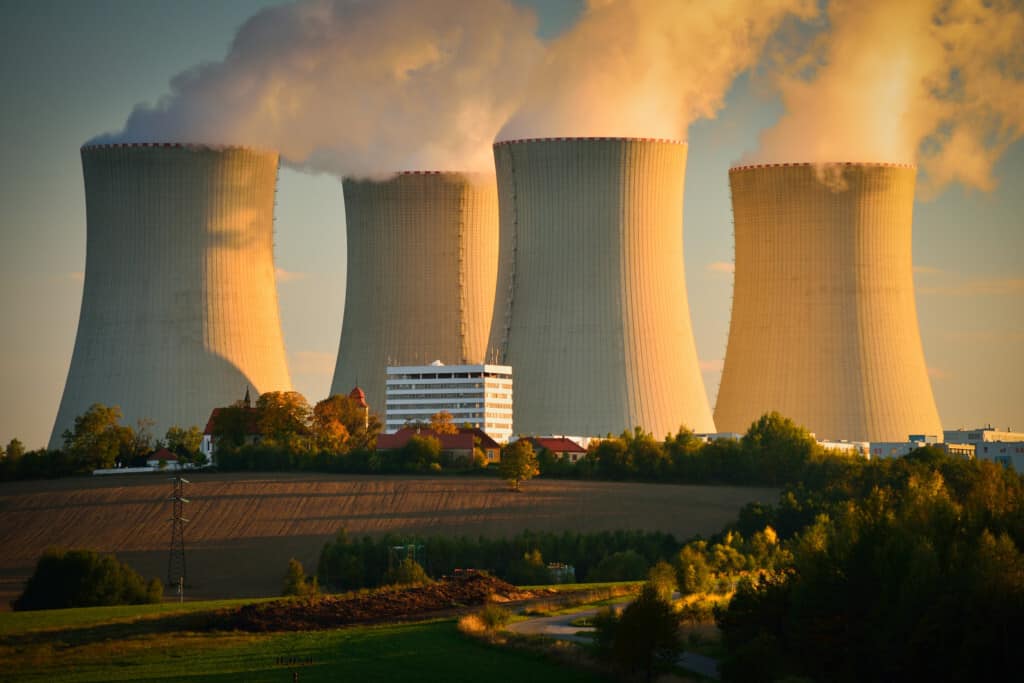U.S.
Washington intensifies nuclear energy competition against Russia and China
In an audacious move aimed at challenging the entrenched positions of Russia and China in the global nuclear energy landscape, the United States has unveiled an ambitious strategy. American officials are strongly promoting the adoption of cutting-edge nuclear technology developed by U.S. companies to partner nations. However, there haven’t been any domestic sales or construction of small modular reactors (SMRs) in the country.
Pioneering Green Energy Export Amidst Geopolitical Shifts
The Biden administration’s vision to export sustainable green energy forms the core of this initiative. By leveraging nuclear power’s capacity to generate electricity without burning carbon-based fuels, the U.S. aims to counter climate change. This strategic move aligns with Europe’s pursuit of alternative energy partners. It comes in the wake of Russia’s extensive 2022 invasion of Ukraine.
Tripling Global Nuclear Output: A Landmark Agreement
During the United Nations climate-control conference in Dubai, representatives from 20 countries, spearheaded by the U.S., endorsed a landmark agreement, according to the Wall Street Journal report. This pact aims to triple global nuclear-energy output over the next thirty years, solidifying the U.S.’s commitment to leading the transition from laboratory innovation to practical grid deployment.
The Promise and Challenges of Small Modular Reactors
Central to the U.S. campaign is the concept of small modular reactors (SMRs), a technology yet unproven domestically. Challenges loom despite small modular reactors’ potential for 1/3 energy and easy transport to installation sites. The U.S. has yet to build an SMR domestically, and the economics and timeline for their construction remain unproven.
Collaboration, Optimism, and Strategic Vision
U.S. authorities are collaborating closely with SMR developers, governmental financial institutions, and international agencies to secure overseas orders, according to a previous NY Times story. They are strategizing shortcuts to streamline the process of marketing reactors abroad, aiming for efficient government-to-government deals with corporate contracts and financial support.
This audacious American endeavor to shape the global nuclear energy landscape underscores a pivotal moment in energy diplomacy. It positions the U.S. to compete against established giants while championing a cleaner and more sustainable future.

